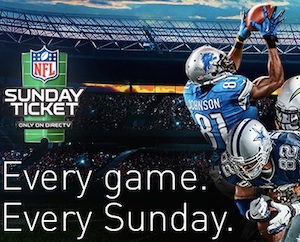
The killer app.
There’s not much true 4K ultra high definition content available right now, and it’s going to take time for inventories to build.
Sony Pictures has about 75 feature films and fewer than 100 television episodes available now, according to Rich Berger, senior vice president for advanced platforms at Sony Pictures Home Entertainment.
He was the only representative from the production side of the business at a panel session on 4K content at CES yesterday. The rest were all from distributors, which included Netflix, DirecTv, Comcast, M-GO and the Blu-ray association.
Berger said that Sony gets 4K content in two ways: either producing it directly in an ultra HD format, or re-mastering it from sufficiently good 35mm film. Up-converting existing HD programming doesn’t produce acceptable results. At least for for most.
“We have a clear content spec. It’s either full 4K resolution or it’s not ultra HD”, said Phil Goswitz, senior vice president of engineering at DirecTv. “Anything originally shot in HD just isn’t 4K”.
“We’re purists”, agreed Chris Fetner, director of media engineering for Netflix. “Anything with a 4K label was produced in 4K”.
Comcast, though, isn’t as picky. “The more content the better”, said Michael Schreiber, Comcast’s senior vice president for content acquisition. “If it happens to be native that’s great. If it happens to be up-converted, that’s great”.
There are many feature films that can be turned into true 4K content, but that’s not enough. “If you look at HD adoption, the movies arrived first”, said Gozwitz. “But what really drives the adoption by customers in large numbers is sports”. He specifically mentioned the NFL – a key DirecTv programming partner – as one of the organisations that has to commit to ultra HD technology in order for it to grab hold in the consumer mainstream.
Bandwidth requirements are going to be steep. Panel members agreed that current 4K contents needs a minimum of 15 Mbps, although M-GO COO Christophe Louvion said that near term compression improvements will bring that number down to maybe 12 Mbps.
Blu-ray, on the other hand, plans to have a 4K format ready later this year, with products based on it maybe available by next Christmas, according to Victor Matsuda, CFO of the Blu-ray association. Aiming to be the reference standard for ultra HD content, Matsuda said they’re looking at 128 Mbps.
